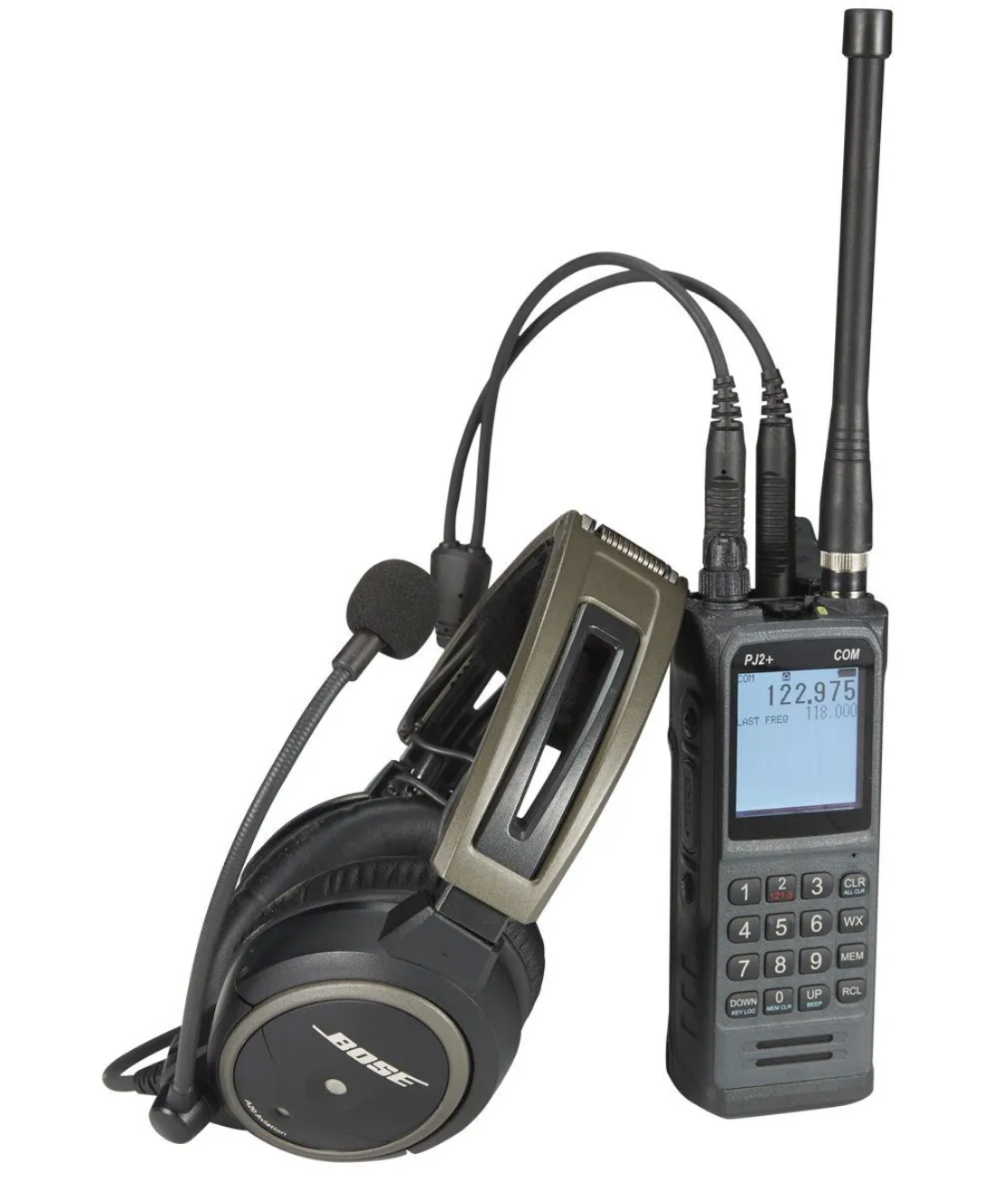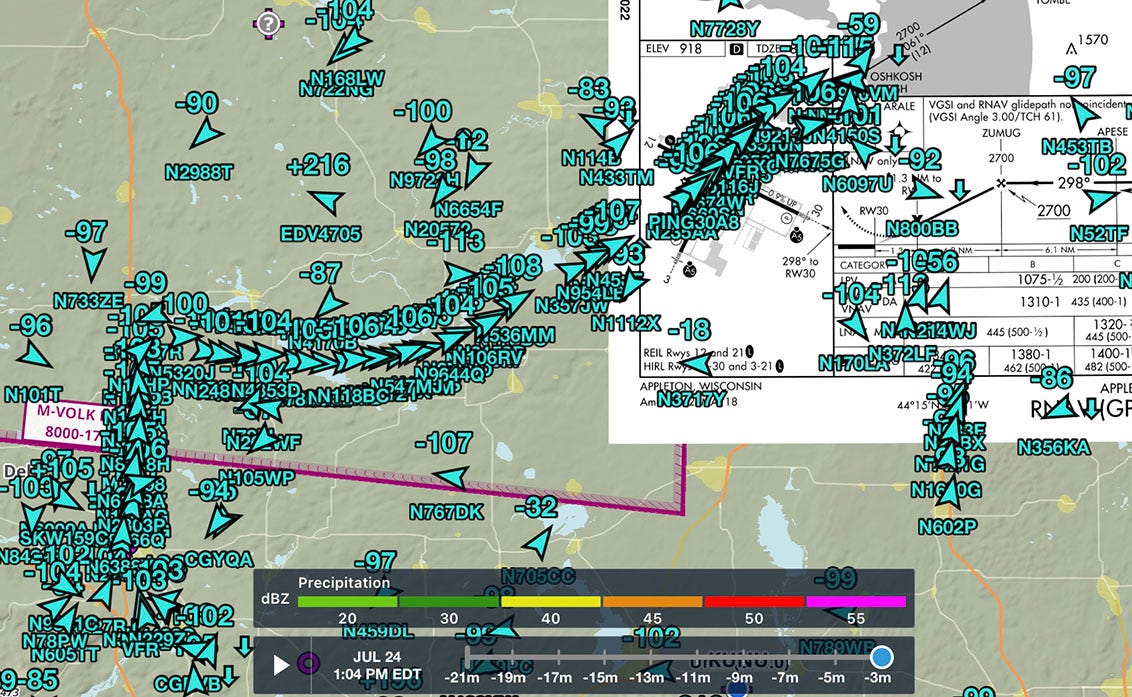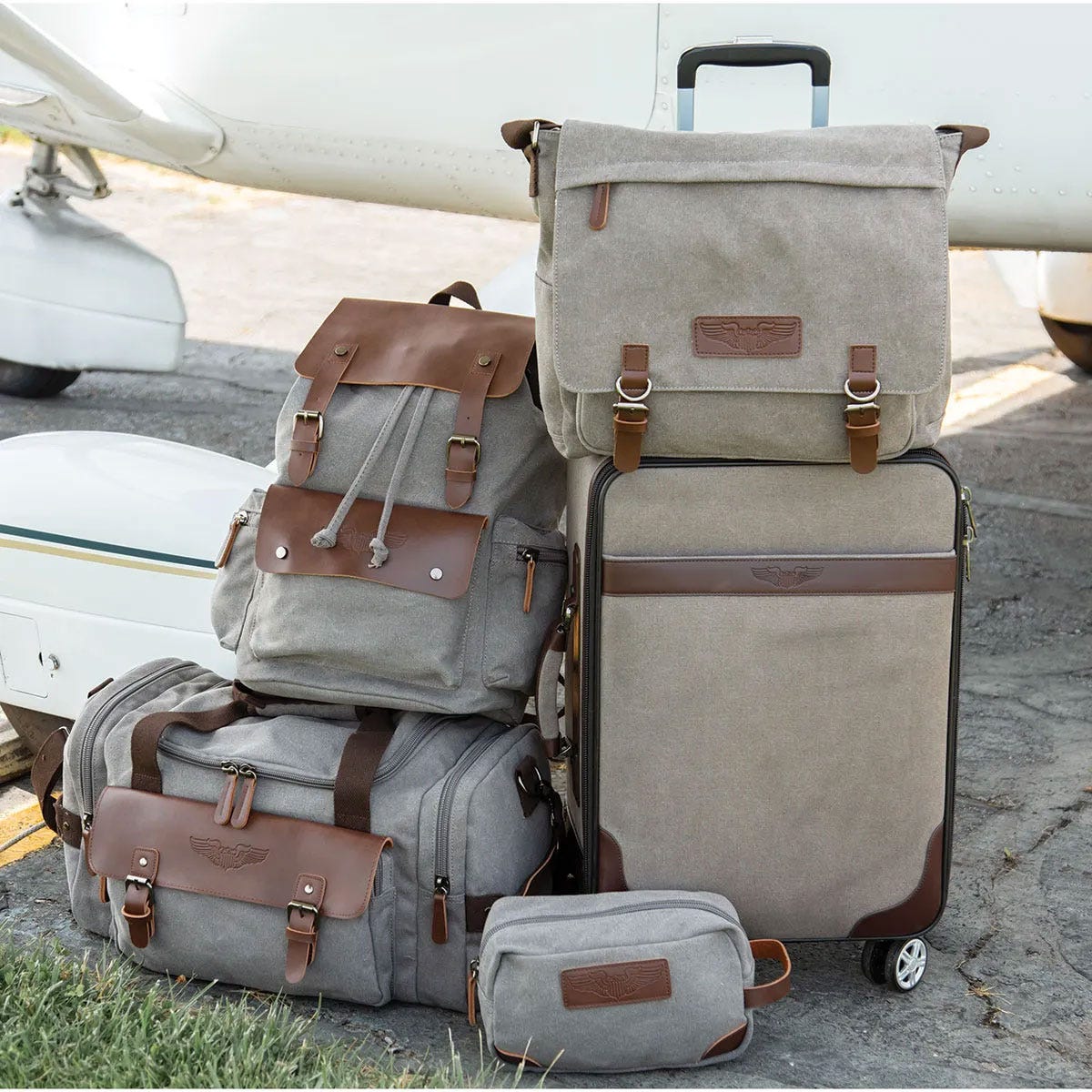A portable aviation radio is essential equipment for any pilot. It's an easy way to get a clearance before starting the engine, and a valuable way to learn communications without burning any avgas. While these ground-based uses are nice, though, the real value of a radio is found in the cockpit. If the worst should happen and your panel goes dark, a good radio in your hand can save the day. It can help you navigate to an airport, call ATC for help and maybe even help you shoot an instrument approach.
But how good is a portable radio in an emergency? Do they really work beyond a few miles? We went flying to answer this question, and the results were pleasantly surprising.
There are many ways to test a radio, from comparing specs to putting it on the test bench. Those are fine, and other organizations have run these tests over the years, but it's in the pilot's hand where a radio really earns its keep. So we went flying with three of today's most popular portable aviation radios to see how they work in the real world.
Test setup
 We tested the Icom A25N, Yaesu FTA-850L and Sporty's PJ2+ COM for a Cirrus SR22. For comparison, we made occasional transmissions using the aircraft’s built-in Garmin radio - a far more powerful radio than any portable, but a reasonable baseline. We tested each radio by itself. and plugged into an aviation headset using the standard headset adapter cable.
We tested the Icom A25N, Yaesu FTA-850L and Sporty's PJ2+ COM for a Cirrus SR22. For comparison, we made occasional transmissions using the aircraft’s built-in Garmin radio - a far more powerful radio than any portable, but a reasonable baseline. We tested each radio by itself. and plugged into an aviation headset using the standard headset adapter cable.
On the other end of the radio was another Sporty's pilot who was using a portable radio as a base station. We then flew a variety of maneuvers to test each radio at different ranges. The pilot at the base station recorded and evaluated each transmission for clarity, while the pilot on board the SR22 did the same for each return call. While this may not have the quantitative value of a bench test, it more accurately answers the question we get most often: "how far out do portable aviation radios work?"
Results
The answer to that question surprised us. Most pilots we talk to assume portable radios (whose output is limited by the FCC) only work within a few miles of the airport. That wasn't the case in our flight test: all three radios were perfectly usable at five miles, and even at 10 miles all transmissions were readable. That's plenty of range for most emergency scenarios.
At 15 miles, all radio transmissions were still readable, but there was a noticeable drop in clarity. At 20 miles, they all broke squelch, but it was very hard to read due to static. This is where having a headset really helps. By plugging in your headset to the radio, you get the added benefit of a higher quality headset microphone for your transmissions. The result is a transmission that not only sounds better to the recipient, but the reply is much easier to hear through the headset you are wearing.
You can listen for yourself. The video below includes the unedited audio recorded from our base station as we tested different radios at different ranges.
Recommendation
There have never been better choices for portable aviation radios. Starting around $200 and maxing out at over $500, you’ll find radios with all types of capability. VOR navigation, GPS, Bluetooth, rechargeable batteries… the list of available features is long and distinguished. You can certainly find a radio to fit your mission.
All the radios we tested would make a fine backup communicator. The reality is that five or ten miles is plenty of range in an emergency—all you need to do is let the tower know to clear the runway. Talking to center from 25 miles away is a luxury more than a necessity; you really should be flying. Whichever radio you fly with, plugging in your headset is a very important consideration. Radios like the PJ2+ can accept standard GA plugs without the use of an adapter, which is really important in an emergency; the other two radios in our test require an adapter and some may even require a screwdriver (make sure you keep that readily accessible with the radio and know how to use it). Both sides of the transmission liked it a lot better with a headset plugged in.
For the ultimate transmission range, connecting your portable radio to your aircraft's exterior antenna is the best option. This remote switch requires a quick install from an avionics shop, but if you own your airplane it's a smart addition.





